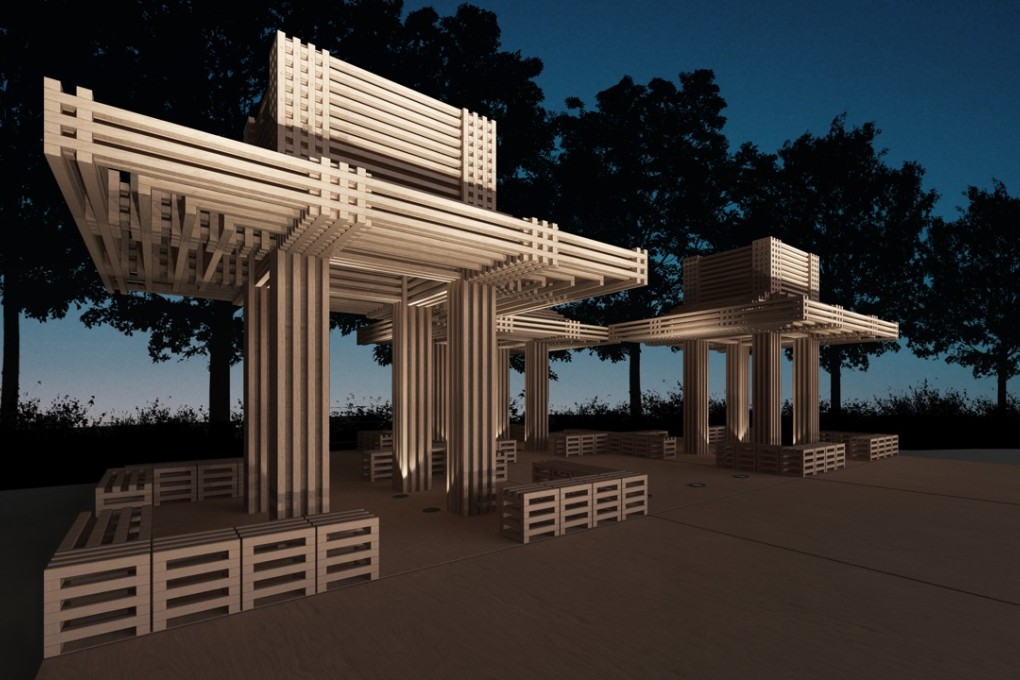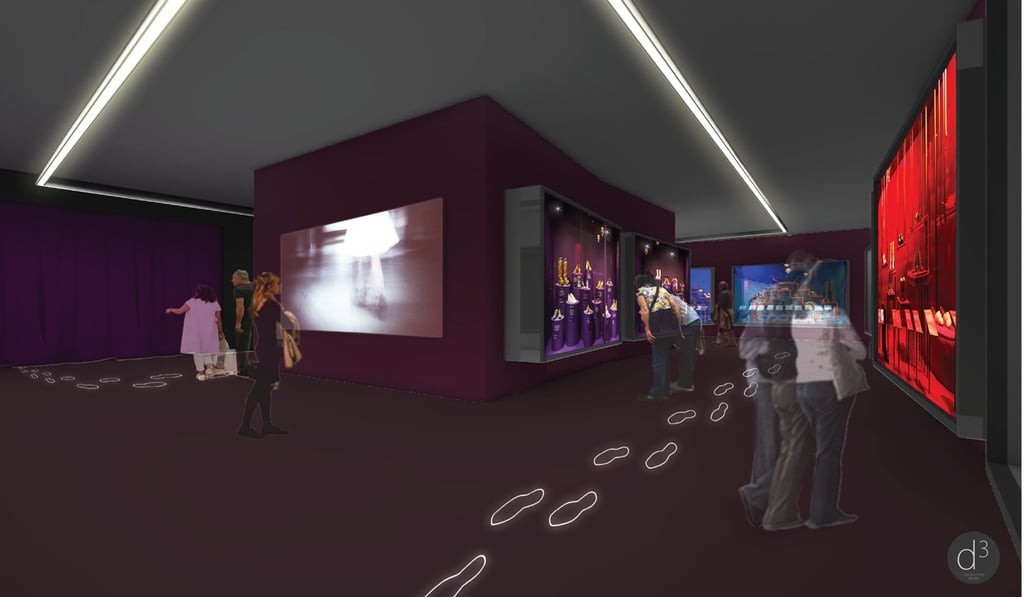Public space in Hong Kong - meet the architect hoping to spark a conversation
Stanley Siu, who founded Daydreamers Design, talks about why pavilions are important in crowded cities such as ours

Your pavilion, leong4 ting2, will soon be installed in the piazza of the Hong Kong Cultural Centre. What was your brief? “The pavilion is part of an event, ‘Hot is Cool’, hosted by Culture for Tomorrow [a non-profit organisation founded this year by cultural entrepreneur Adrian Cheng Chi-kong]. ‘Hot is Cool’ is all about the relationship between public spaces and communities. Culture for Tomorrow researched social-gathering places in Hong Kong and they suggested that I think about pavilions as representative of our city.”

Were there any particular pavilions that inspired leong4 ting2? “While exploring the history of Hong Kong pavilions, I found that Chung Wah-nam was one of the pioneering architects. Chung designed a number of pavilions in Hong Kong’s parks and estates in a modernist style.
“The pavilion Hu Bian Ting, in Junction Road Park, Kowloon, caught my attention the most. It was originally situated in the middle of a lake, which created the illusion that it was floating. Unfortunately, the lake was reclaimed and concreted, which made me reflect on the [status] of pavilions in Hong Kong. A lot of them have been bulldozed, which means the culture of using public space is also being changed. One of the things that drove me to design leong4 ting2 was to raise social awareness about public space.”
